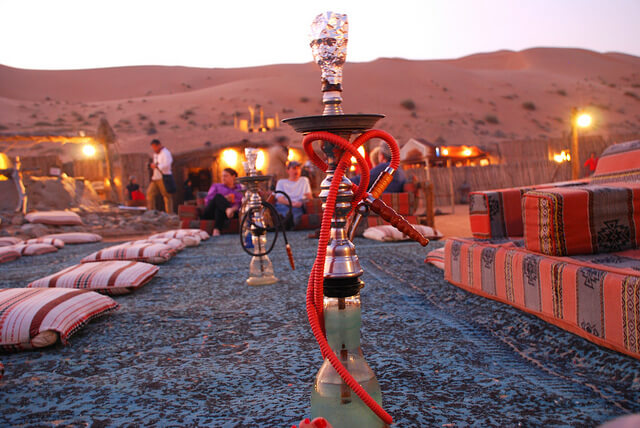Did you know that Dubai is now the 4th most visited city in world after London, Paris and Bangkok? The UAE has seen its tourism industry steadily grow with no signs of slowing down.
The role of language translation in helping the local tourism industry grow cannot be underestimated.
Along with all the translated contents used in attracting visitors through advertising campaigns, marketing initiatives and social media campaigns, translated content is also critical in helping tourist get around the UAE, whether in the hotel, at tourist sites or shopping at the mall.
Although translation of tourism content is not technical, like legal or financial translation, it does however have some peculiarities which, if not managed, can lead to translations that don’t quite hit the mark.
It is always best to work with a translator who understands the goal of the translation, the style, the tone and the context, i.e tourism. This helps them best use a translation that is fit for purpose as opposed to simply translating the words.
Here are three examples of areas to look out for when translating tourism content.
Words that don’t translate
If you are translating some Arabic text for a hotel website into Chinese, Russian or Japanese, how would you translate the word shisha? We all know what the words means in the UAE, but in many places around the world there is no equivalent word because they don’t smoke tobacco through water pipes! In a translation, do you just leave it as ‘shisha’ or do you transliterate it, or provide an explanation of what a shisha is? What may seem a simple word to someone in the UAE is a potential headache for the translator. There are many examples such as certain foods, animals, people, events, etc. It is always best to check source materials for such words and with your translator(s) decide on a best course of action.
Reflecting the brand’s style
Many stakeholders dealing with translations within tourism do no appreciate the difficulty in translating something not only correctly, but in and with the right style. Some within tourism use free translation tools like Google translate to often comical effects, others simply assume that translation is a mechanic process without challenge or deliberation of any sort. These translations end up sounding clunky, unnatural and do not help convey any sort of brand message. Make sure you spend time explaining to translators working on your content how you want it to sound, the tone, the type of words, etc. Show them examples from marketing materials, adverts and other media so they get a sense for how the translation should look and sound.
Lack of context
Would a translator who has been into a mosque be able to translate some text for tourists visiting mosques in the UAE better than a translator who has never set foot in one? Of course; because context is everything in translation. Expecting a translator to effectively convey meanings about places, people or products without any context is asking the impossible. Translators need context so they can understand the true meaning of a text and therefor translate it the best they can. When working with a translator, furnish them with as much context as you can in terms of images, websites, brochures or even explanations.
When working with a translator or translation agency for tourism content, make sure that they have the tools and guidance to produce the work you need. Do not expect the translator to understand your brand style – they need to be told. Work collaboratively to ensure your content is written for its specific audience.












